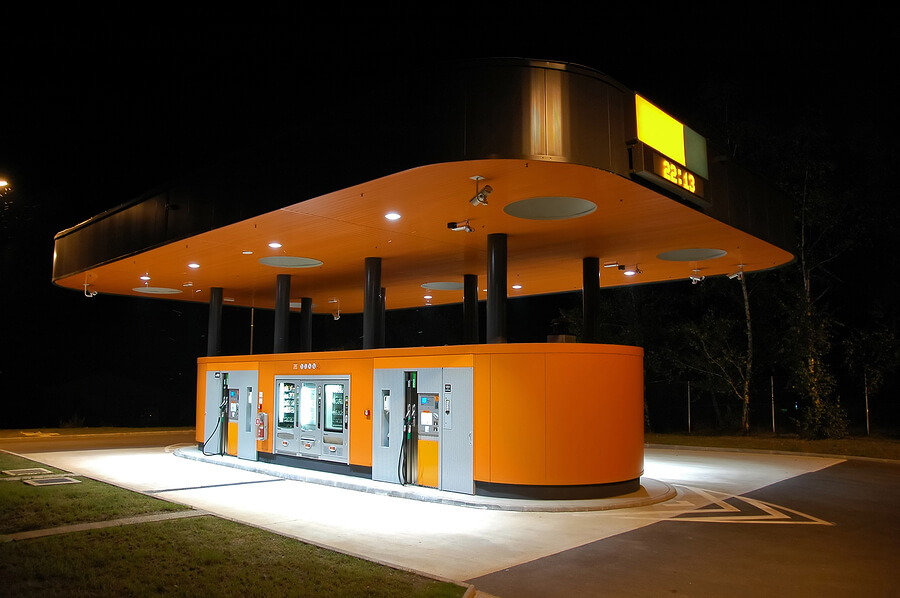People like the convenience of self-service. More and more of your Customers believe access to self-service options is essential to their relationship with your business. Knowing this, it is critical that you plan your self-service options well.
Parature is a research and advisory firm specializing in communicating service-centric best practices. Their Customer Service Success Blog reported some interesting stats to consider about Customer’s self-service options, including:
- By 2017, Only 1/3 of Customer service interactions will require human assistance. As many as 2/3 of Customer service interactions will occur without human-to-human contact. (Source: Brian Manusama, Gartner.com)
- While call center usage is about the same, use of FAQ pages increased from 67% in 2012 to 76% in 2014, according to Forrester. (Source: North American Consumer Technographics Customer Life-Cycle Survey 1, 2014, Forrester.com.)
Clearly, more Customers want self-service options.
How Self-Service is a Challenge to Organizations
One of the most important emotions that your Experience generates with your Customers is Trust. Trust allows your Customers to feel comfortable handing you their business (and personal information). It is what drives them back to you, even when your competitors try to lure them away. It is also, for some Customers, why they will pay more for your goods or services. Customers value trust.
Consider what happens when you violate that trust. Goodness knows you have several examples of what happens when an organization violates the trust of the Customers’ it serves (Target, General Mills). However, you can violate the trust in ways other than a data breach or poor policy decision.
Parature’s complimentary white paper “Getting More with Self-Service,” the Service Council reports their recent poll respondents ranked the following as the top three challenges for their Self-Service Channels:
- Message constancy
- Information accuracy
- Integration consistency
One of the reasons your Customers’ trust you is because you deliver consistently on your brand promise. There is an understanding between you, an expectation of a level of service and an agreed upon value amount for that service. So, as the various channels of your Experience expand, and more of your Customers exercise their option to contact you through another channel, consistency becomes even more important. It makes a consistent Customer Experience, through ALL of your channels including self-service, critical to maintaining the trust.
However, even the thought leaders in Customer Experience say consistency is a challenge in message, service and integration for Self-Service Channels. You can see the inherent problem with the expansion of self-service!
How to Be Consistent with Self-Service Channels
I always say that over 50% of a Customer’s Experience with your organization is how they feel about it. I also always say every moment of contact with your Customer is part of the Experience and contributes to how they feel about your organization as a whole. These moments, which include any self-service moments they have, need to reflect the essence of your desired Customer Experience, typically stated in what we call a Customer Experience Statement.
Many organizations haven’t addressed a Customer Experience Statement, which serves as a focal point for your Customer Experience program. Nor have they approached their channels from an outside-in approach, which is how we encourage our clients to approach the analysis of their current Customer Experience. An outside-in approach sees your experience through the eyes of the Customer, and how your experience makes them feel at different moments. Without these two critical elements as a basis for their design, it is likely that your self-service channels’ experience is not consistent with your desired Customer Experience program.
The writing is on the wall for your Customer Experience program’s future goals. Self-service channels evolve every year to be a bigger part of your Customer Experience. If your channels’ design does not deliver a consistent Experience with your brand promise, it will damage your Customer relationships, creating a level of doubt in what might otherwise have been a trusting relationship.
Do you know what your self-service options are like from a Customer’s perspective? How consistent is this Experience with your desired focus for your Customer Experience program? Having the answers to these questions might be the place to start before your self-service options show your Customers how to see themselves out of your Experience—and over to the competition.
If you enjoyed this post, you might be interested in the following blogs:
- Design Self-Service Experience with Customers in Mind
- Control Your Self-Service Customer Experience
- Service Process Vs. Service Experience: Solving the Customer’s Problem vs. Owning the Customer’s Issue
Colin Shaw is the founder and CEO of Beyond Philosophy, one of the world’s first organizations devoted to customer experience. Colin is an international author of four bestselling books and an engaging keynote speaker.
Follow Colin Shaw on Twitter @ColinShaw_CX
Source:
Morris, Tricia. “Customers’ Desire for Speed Convenience Fuels Greater Demand for Self-Service” www.parature.com. 19 March 2015. Web. 30 March 2015. http://www.parature.com/customer-self-service-3/


